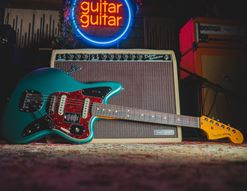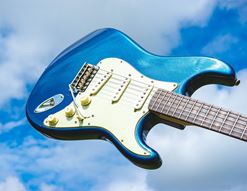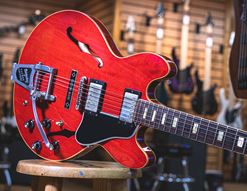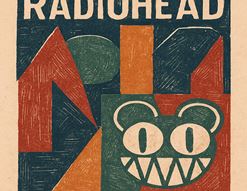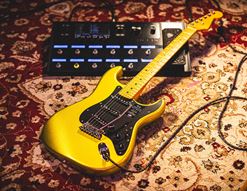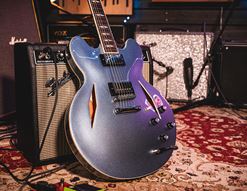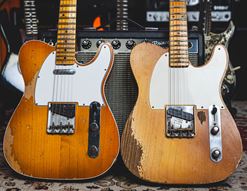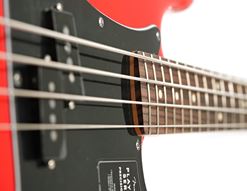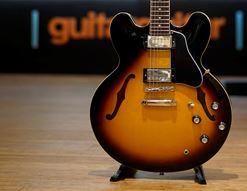How often do you roll your eyes when blogs describe new products as ‘game-changing’?
Words are cheap, and hyperbole comes all too easily to marketing types. We hear you!
But listen: the Neural DSP Quad Cortex really is game-changing. Seriously.
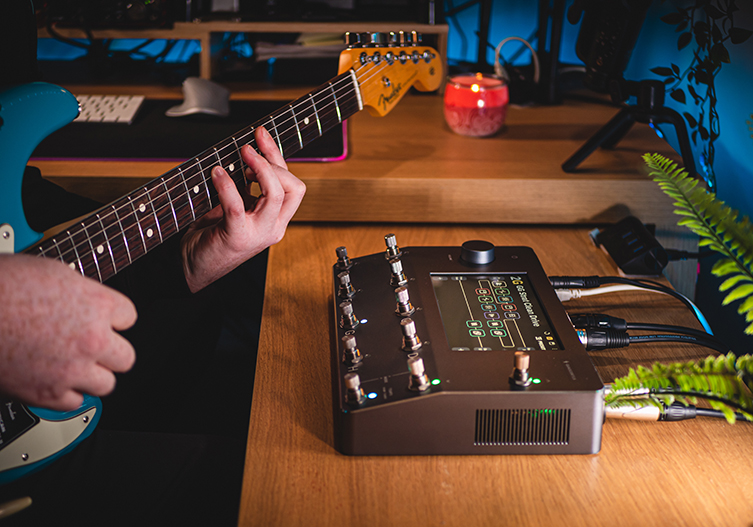
Neural DSP
The producers amongst you will not doubt already be aware of Neural DSP. They are the go-to brand for recording guitarists who want truly realistic, no-compromise, top-shelf amp and pedal plugins for their recordings. Their artist page is like a who’s who of the contemporary guitar scene (Tosin Abasi, Plini, Tesseract etc) and there are custom pieces of software available by not only artists but heavy-hitting producers like Nolly Getgood and Chris Rakestraw. So far, so good. But why should we care about Neural’s much-hyped hardware modelling box, the Quad Cortex?
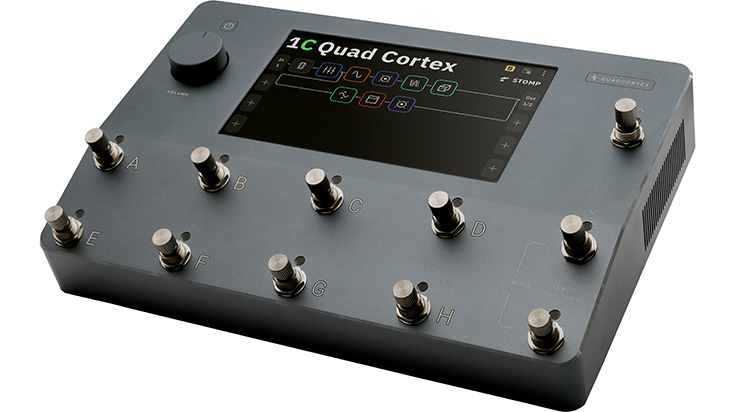
With Great Power Comes Great Possibilities
The Quad Cortex is by some margin the most powerful processor in the world. We can drop terms like ‘2GHz DSP’ and ‘Sharc Processor’ in here but none of that in itself means too much to us, not until you translate it into: ‘huge amounts of the realest-sounding, most infinitely detailed amp, pedal and IR replications are available, with no compromises at all’. Really, the level of modelling is unheard of in its detail, and those superbly realistic tonal ingredients can be cooked up in as many ways as your imagination can conjure. This huge power encourages bold and unusual experimentation, the likes of which modelling units simply haven’t had the power to achieve prior to this.
Let’s put it this way: would you like to try out four or five different amps all at once, stacked up? Easy. You want to add a chain of stompboxes, including maybe three flangers and two delays, plus a super-complex reverb algorithm? It’s nothing for the Quad Cortex. You have no restrictions, just drag and drop the items you want to hear, in the order that you want them to operate.
Maybe your ultimate, perfect amp sound is actually a blend of three amps, and you’ve never been able to find that out because the opportunity has either not existed, or it was not realistic enough in terms of the modelling. Well, those frustrating days are gone: now you can just create and experiment to your heart’s content, safe in the knowledge that you are very, very unlikely to cause the Quad Cortex to break a sweat, no matter how ‘out of the box’ you get with your ideas.
Design and Interface
The Quad Cortex is small, built out of metal and weighs less than 2kg. It’ll fit in your gigbag and provide you with endless rigs that sound better than most ‘real’ amp setups, no matter how you implement them. It’s very, very easy to operate and edit. There’s a large touchscreen for dragging and dropping boxes that represent elements of your sound. The footswitches – which are made from stainless steel – double up as control knobs, which we think is both elegant and really sensible! The whole build of this device is solid and beautifully functional, filling the user with confidence in both the operation and integrity of the unit as a whole. It just feels great to use.

On the back, you’ll find a suitably comprehensive collection of inputs and outputs, including two combination inputs, stereo FX loop, full MIDI implementation, USB and both XLR and ¼” TRS outputs. What you don’t see, though, is the built in wi-fi module for sharing presets, updating the firmware and more. Picture yourself sound checking at a venue and realising you need a certain sound and don’t have it. With the Quad Cortex, you can download presets from the user cloud quickly and without hassle, right there on stage! How cool?
The Complete Tone Solution
The Quad Cortex can replace your amp and pedalboard in one fell swoop. That’s the primary attraction for many players, since the tones are so good that they won’t miss their old rigs, particularly when the IR’s are in place. The algorithms used by the unit to replicate the tones are breaking new ground: they capture the sounds of amps as our ears hear them naturally, which is a crucial difference. It’s not just the signal path that’s replicated, or the Impulse Response, it’s both of those things plus the interpretation of the sound after it plays in a real environment and is picked up by our ears. That’s an important indicator of just how complex things are behind the scenes, all in order to deliver tones that are indistinguishable from the original sources.

Producers and recording enthusiasts will highly appreciate the Quad Cortex’s full integration as an audio interface. For one thing, you can take care of all of your guitar and bass tones directly from it, saving your computer’s precious processing power for other tasks. Also, the Quad Cortex has phantom power and preamp functions to fully support using condenser microphones. Think about the things you can add to your vocal takes simply by electing to use some of the Quad Cortex’s arsenal of effects? Be it ‘vintage realism’ or ‘otherworldly expression’, you know you have things covered here, in a completely adaptable and stable way.
We All Want One
So, whether you gig around the world, record at home or in a studio, or just plain enjoy playing your guitar in the house, the Neural DSP Quad Cortex offers some of the very best sounds available on the planet, in a box that is simplicity itself to edit and almost impossible to break. The 5 star reviews have been pouring in from all of the guitar publications and sites across the world, and every one of us in the company who was tried it out wants one for themselves. It’s difficult to recommend it any higher than that. Sceptical? It’s good to be sceptical but just try it and see/hear for yourself. There’s nothing out there as powerful, and nothing that sounds as good.
Click to View the Neural DSP Quad Cortex

